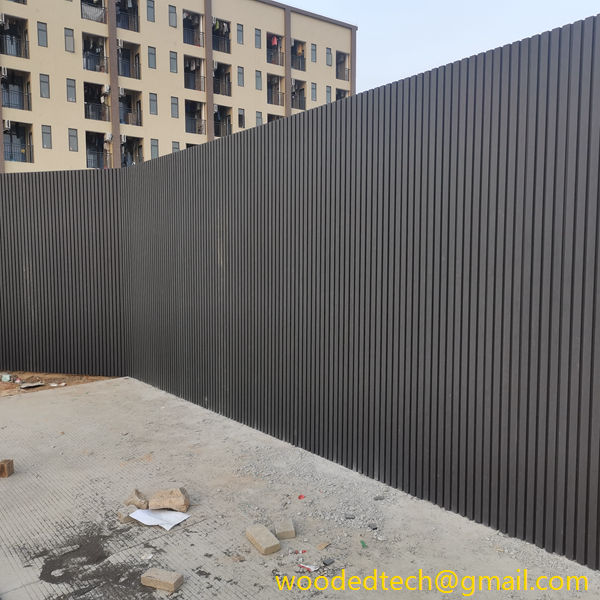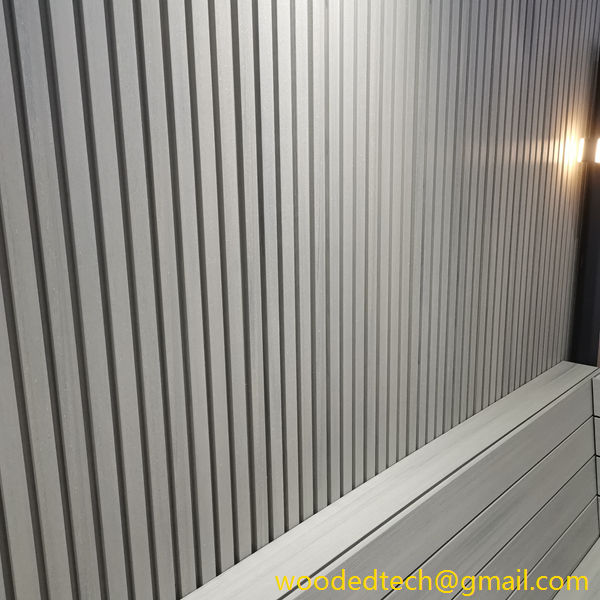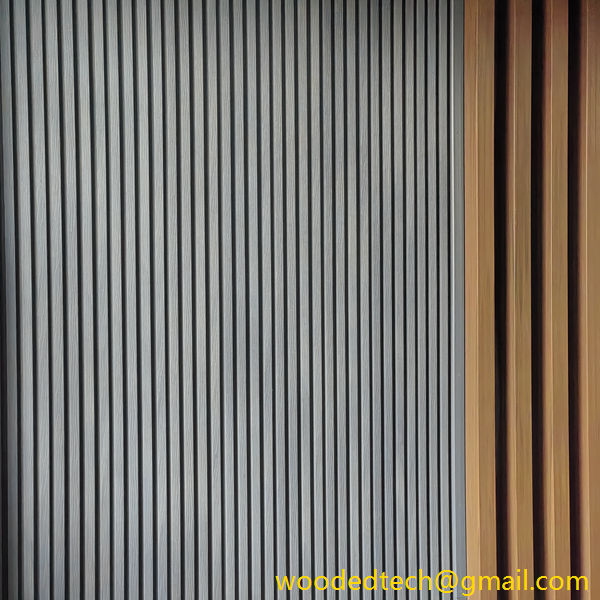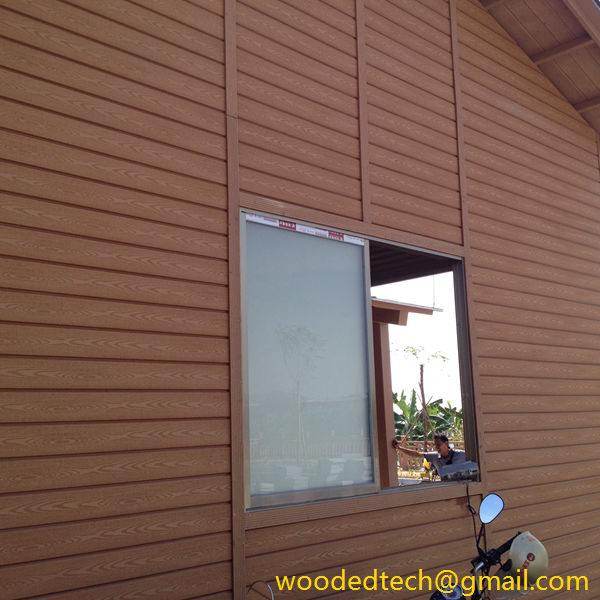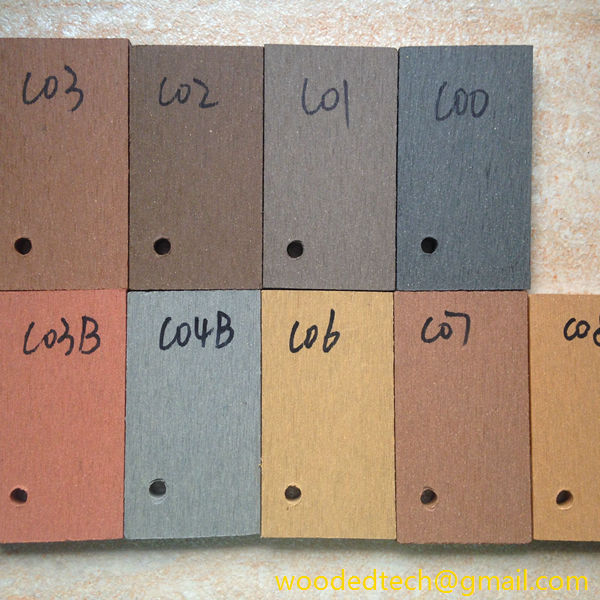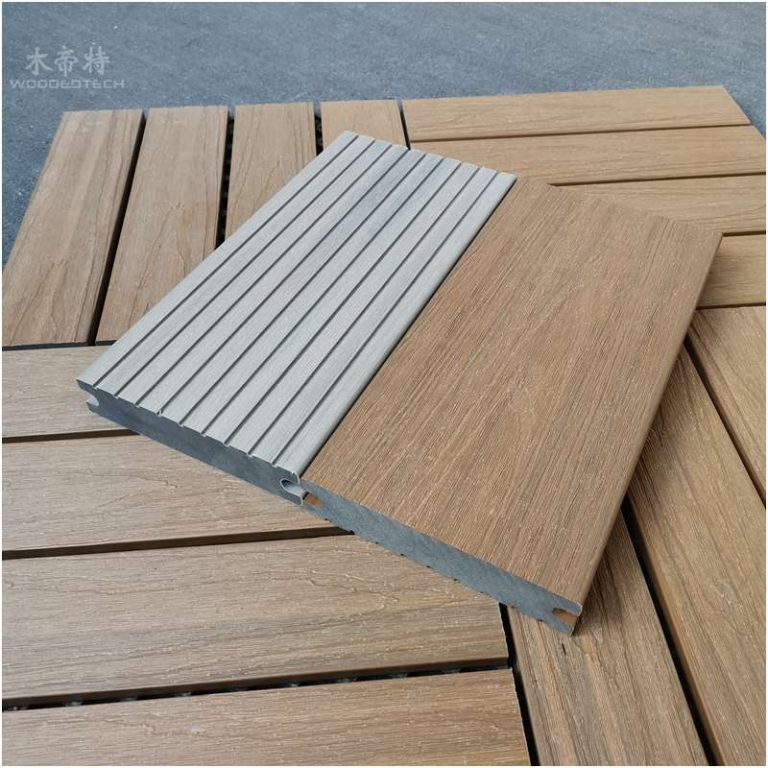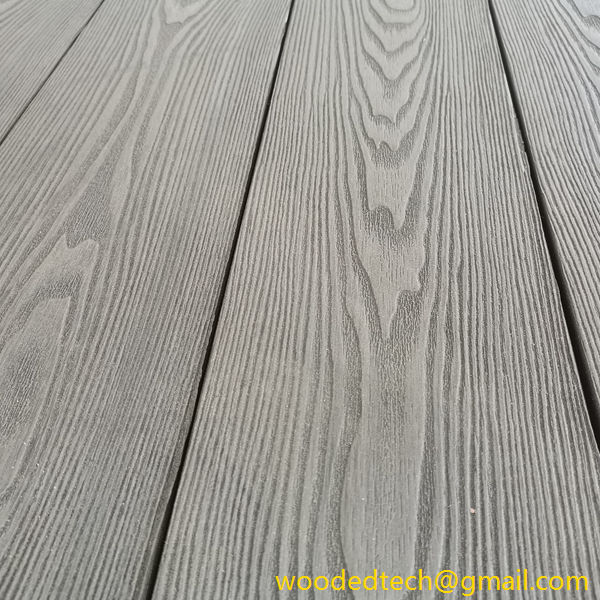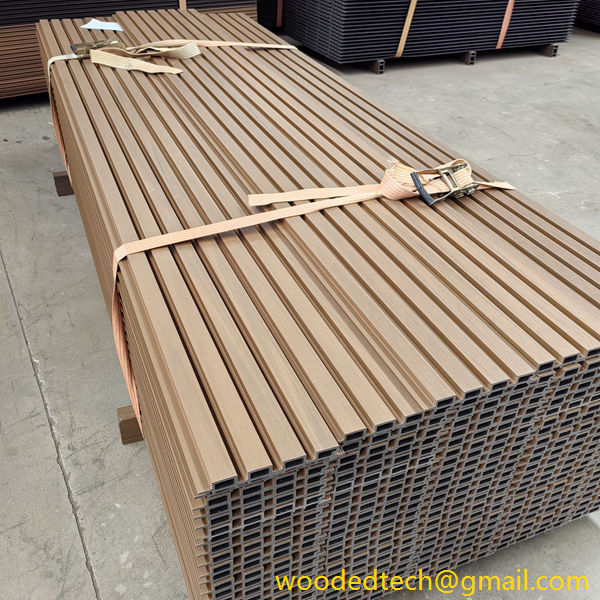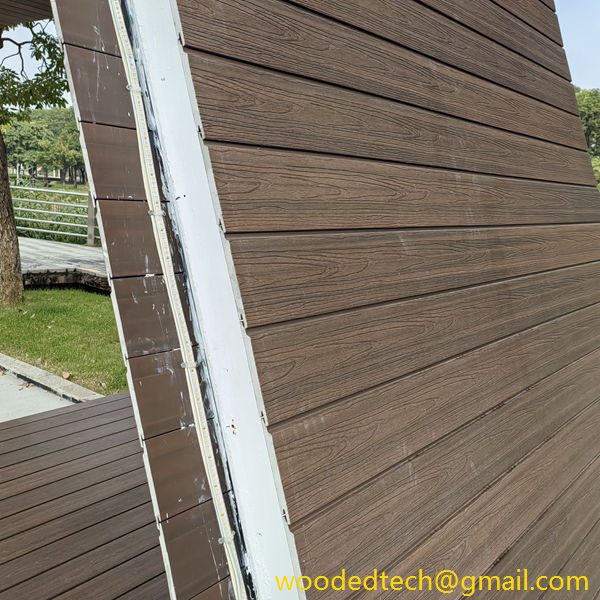革新的な屋外の木製のプラスチック合成の壁パネルの耐久財および流行の建物の外面
革新的な屋外用木材プラスチック複合壁パネルで、耐久性とスタイリッシュな建物外壁を実現 現代的な建築ソリューションの探求の中で、木材プラスチック複合材(WPC)の使用が建築業界で大きな支持を得ている。この革新的な素材は、木材の自然な美しさとプラスチックの耐久性、低メンテナンス性を兼ね備えており、建築物の外壁に最適です。
革新的な屋外の木製のプラスチック合成の壁パネルの耐久財および流行の建物の外面
In the quest for modern architectural solutions, the use of Wood Plastic Composite (WPC) materials has gained significant traction in the construction industry. This innovative material combines the natural aesthetic of wood with the durability and low maintenance of plastic, making it an ideal choice for outdoor applications. Among its various applications, WPC wall panels stand out as a versatile and stylish option for building exteriors.
WPC is essentially a composite made from a mixture of wood fibers and plastic polymers. This unique combination results in a material that not only mimics the appearance of traditional wood but also offers a range of benefits that enhance its suitability for exterior use. One of the most notable advantages of WPC wall panels is their remarkable resistance to the elements. Unlike traditional wood, which can warp, crack, or rot when exposed to moisture and extreme temperatures, WPC is engineered to withstand these challenges. This makes it an excellent choice for regions with varying climates, where the longevity of building materials is a significant concern.
Another key feature of WPC wall panels is their low maintenance requirement. Traditional wood often necessitates regular painting, staining, or sealing to maintain its appearance and protect it from the elements. In contrast, WPC panels require minimal upkeep. A simple wash with soap and water is usually sufficient to keep them looking fresh and clean. This ease of maintenance not only saves time and effort but also reduces long-term costs for property owners.
The customizable nature of WPC wall panels is one of their most appealing attributes. Available in a wide variety of colors, textures, and finishes, WPC allows architects and designers to create unique and stylish facades that cater to various aesthetic preferences. Whether you prefer the look of traditional wood grain, a modern sleek finish, or a vibrant color scheme, WPC panels can be tailored to meet your specific design vision. This level of customization enables builders to harmonize the exterior of the building with its surroundings, enhancing the overall curb appeal.
In addition to their aesthetic versatility, WPC wall panels also provide practical benefits in terms of energy efficiency. The insulating properties of WPC can contribute to better thermal performance for buildings, helping to regulate indoor temperatures and reduce heating and cooling costs. This energy efficiency is increasingly important as more property owners seek sustainable building solutions that minimize their environmental impact.
Furthermore, WPC wall panels are designed with safety in mind. Many manufacturers offer panels that are fire-resistant, adding an extra layer of protection to building exteriors. This is particularly important in regions prone to wildfires or other fire hazards. The ability to incorporate safety features into the design of WPC panels makes them a preferred choice for commercial buildings, residential homes, and public structures alike.
Another significant advantage of WPC wall panels is their eco-friendliness. The material is often made from recycled wood fibers and plastics, making it a sustainable option for environmentally-conscious builders. By utilizing WPC, property owners can contribute to reducing waste and promoting the use of recycled materials in construction. This aligns with the growing trend towards sustainable building practices, which prioritize minimizing environmental impact while maximizing resource efficiency.
Installation of WPC wall panels is also streamlined, making them an attractive option for builders. The lightweight nature of the material makes it easy to handle and install, reducing labor costs and time on the job site. Many WPC panel systems are designed for straightforward interlocking installation, further simplifying the process. This efficiency can be especially beneficial for large-scale projects where time is of the essence.
In terms of market adaptability, WPC wall panels have proven to be suitable for a variety of building types. From residential homes to commercial properties, these panels can be used to achieve diverse architectural styles. Their flexibility in design makes them appropriate for contemporary, rustic, or even industrial aesthetics, allowing property owners to express their individuality through their building’s exterior.
Lastly, the growing popularity of WPC wall panels in the construction industry is also driven by their economic advantages. While the initial investment in WPC may be comparable to traditional materials, the long-term savings associated with reduced maintenance and enhanced durability often make it a cost-effective choice in the long run. Additionally, the versatility and aesthetic appeal of WPC can enhance property value, making it an attractive option for both new constructions and renovations.
In conclusion, the innovative outdoor Wood Plastic Composite wall panel represents a significant advancement in building materials, offering a combination of durability, style, and sustainability. With their resistance to weathering, low maintenance needs, customizable options, energy efficiency, and eco-friendliness, WPC wall panels are an excellent choice for anyone looking to enhance the exterior of a building. As the construction industry continues to evolve, the adoption of WPC is likely to increase, paving the way for a future where style and sustainability go hand in hand in architectural design.

